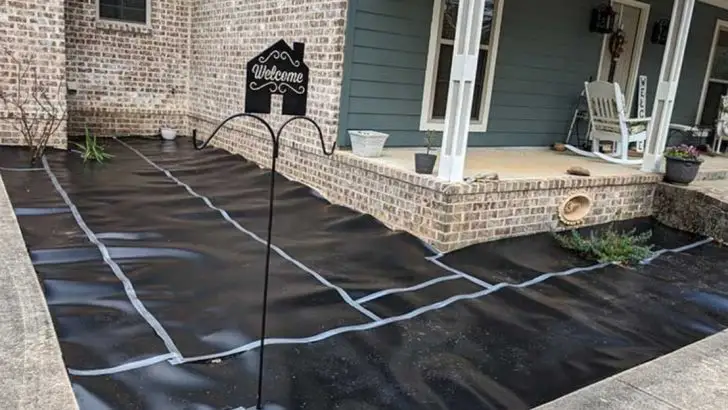Weeding is one of the most time-consuming and frustrating parts of gardening — but it doesn’t have to be. Professional landscapers have a few unexpected tricks up their sleeves that can drastically cut down the hours you spend battling weeds each month.
In this article, you’ll discover 14 surprising weeding hacks that really work, from soil prep strategies and timing techniques to unusual tools and natural deterrents. These expert-approved tips can save you five hours or more every month, all while keeping your garden looking clean and healthy.
Less time weeding means more time enjoying — and that’s a trade any gardener will take.
Cardboard Mulching
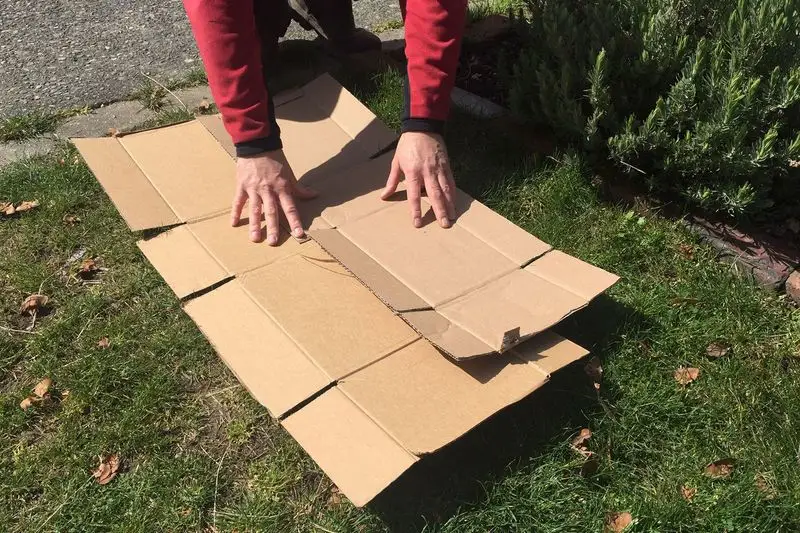
Cardboard might seem an unusual garden tool, yet it works wonders in restraining weed growth. Acting as a barrier, it deprives weeds of sunlight and helps retain soil moisture. Place it under mulch for an extra layer of protection. Not only does this method reduce weeding time, but it also recycles materials you might have lying around. Many gardeners are amazed by how effective this simple hack can be. It’s a win-win for both your garden and the environment.
Boiling Water Attack
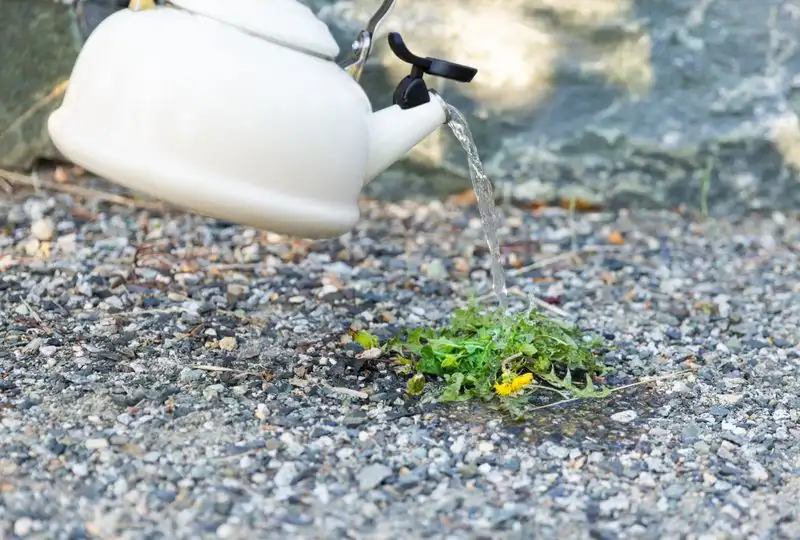
Ever thought about boiling water outside the kitchen? It’s lethal to weeds! Douse undesired plants with boiling water, and within days, they wilt away. The heat destroys plant cells, ensuring the weeds don’t return anytime soon. This method is especially handy for driveways and walkways. Just be cautious not to splash on plants you wish to keep. A quick and eco-friendly solution to persistent garden nuisances.
Homemade Vinegar Spray
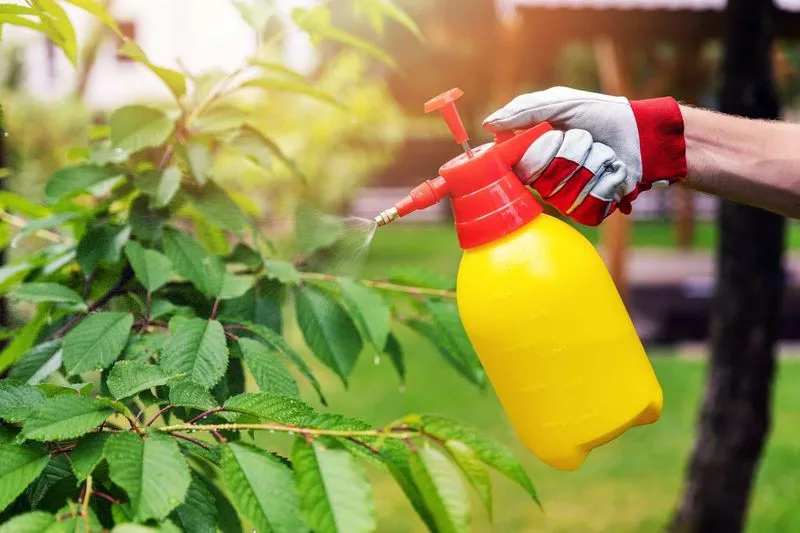
Vinegar isn’t just for salads; it’s a potent weed killer. The acetic acid draws moisture from the weeds, leading them to dry up quickly. Mix vinegar with a little dish soap and you have a powerful solution to spray directly on unwanted growths. This method is as easy as pie, and many find it surprising how effective household ingredients can be in garden maintenance. An economical alternative to store-bought chemicals.
Newspaper Layering
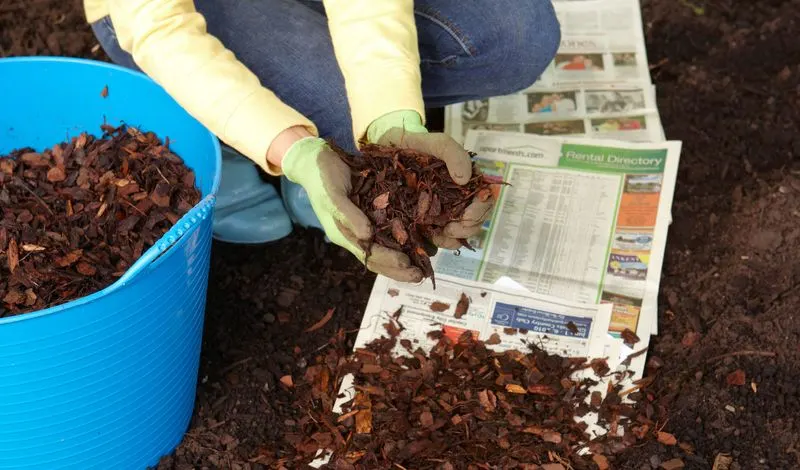
Much like cardboard, newspapers can act as a weed-blocking layer. Spread several sheets across the soil before topping with soil or mulch. This method prevents sunlight from nurturing weeds while still allowing moisture to reach the roots of your plants. It’s a practical way to recycle old newspapers while keeping the weeds at bay. Plus, over time, the paper decomposes, enriching your soil naturally.
Salt Solution
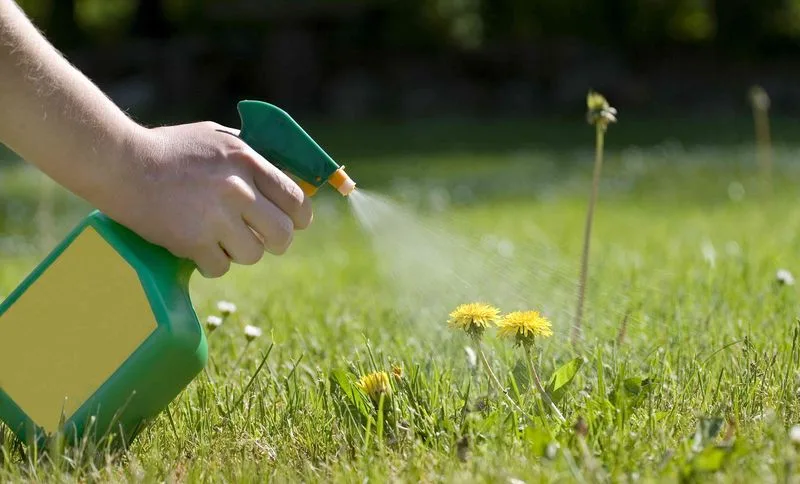
Salt is more than a kitchen staple; it’s a natural herbicide. Sprinkling salt at the base of weeds dehydrates them, effectively curbing growth. It’s particularly useful for non-plant areas, like patios, where you want zero green intrusions. Use sparingly, especially near desirable plants, as salt can disrupt soil health. It’s a tried-and-true method for those tricky spots where weeds seem to thrive.
Flame Weeders
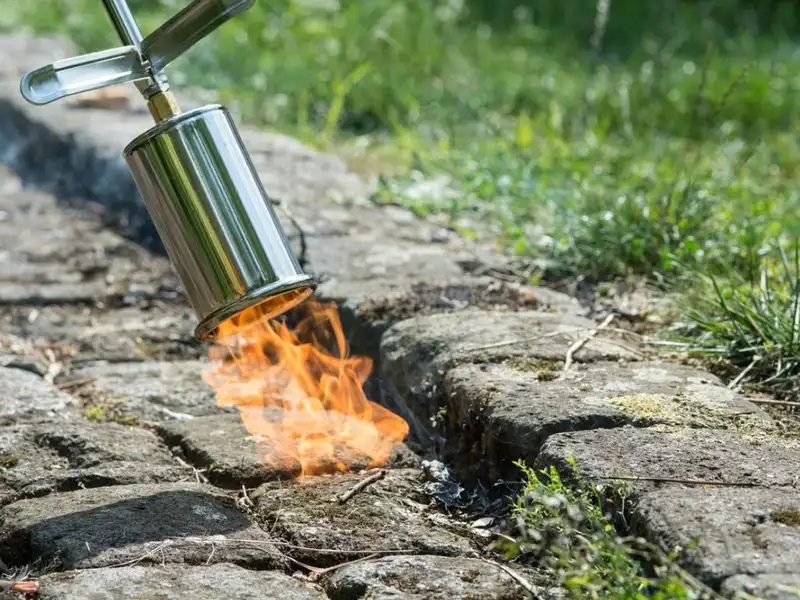
Flame weeders offer a rather dramatic approach to weed control. By applying direct heat, they kill weeds quickly and effectively. Ideal for gravel paths or driveways, this method requires caution but pays off in efficiency. Many find the process unexpectedly satisfying, watching weeds shrivel under the flame. Always consider safety first, ensuring the surrounding area is free of flammable materials.
Corn Gluten Meal
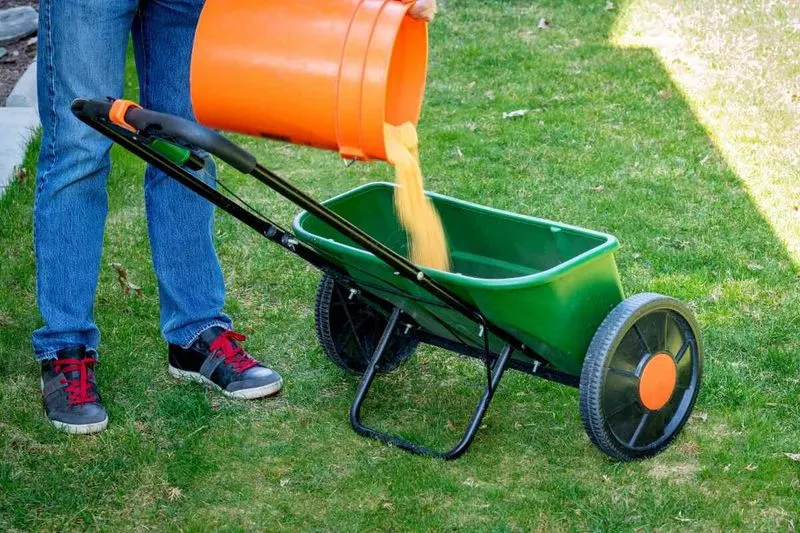
Corn gluten meal acts as a pre-emergent herbicide, disrupting weed seed germination. Used widely in organic gardening, it’s a safe way to prevent future weed growth without harming existing plants. Simply sprinkle it across your garden beds and let nature take its course. The effectiveness lies in its timely application, best done before weed seeds start sprouting. An excellent choice for proactive gardeners.
Wood Chip Mulch
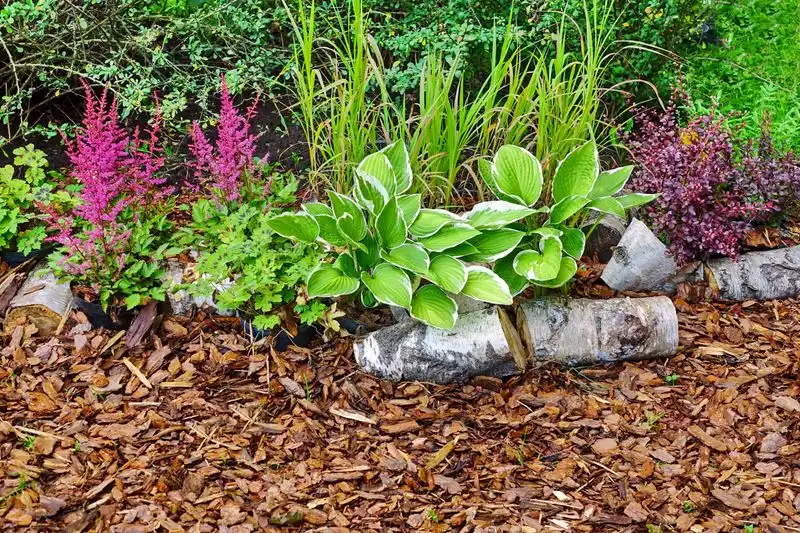
Wood chips are not just decorative; they’re a formidable weed deterrent. By covering the soil, they block sunlight, suppressing weed growth while maintaining soil moisture. They also slowly break down, adding nutrients back into the soil. Many gardeners appreciate the aesthetic and practical benefits of wood chip mulch. It’s a simple yet effective way to keep gardens neat and weed-free.
Plastic Sheeting
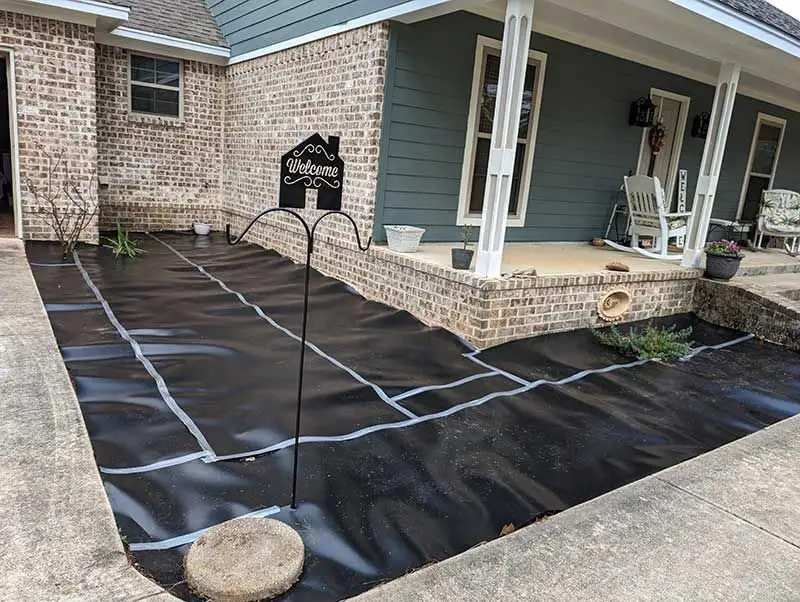
Plastic sheeting provides a robust barrier against weeds. Laid across garden beds, it prevents sunlight from reaching weeds, effectively halting their growth. It’s particularly effective in large vegetable patches or flower beds. While it might not be the prettiest solution, its efficiency is undeniable. Some gardeners cut holes for their plants, ensuring they get the light they need while weeds do not.
Companion Planting
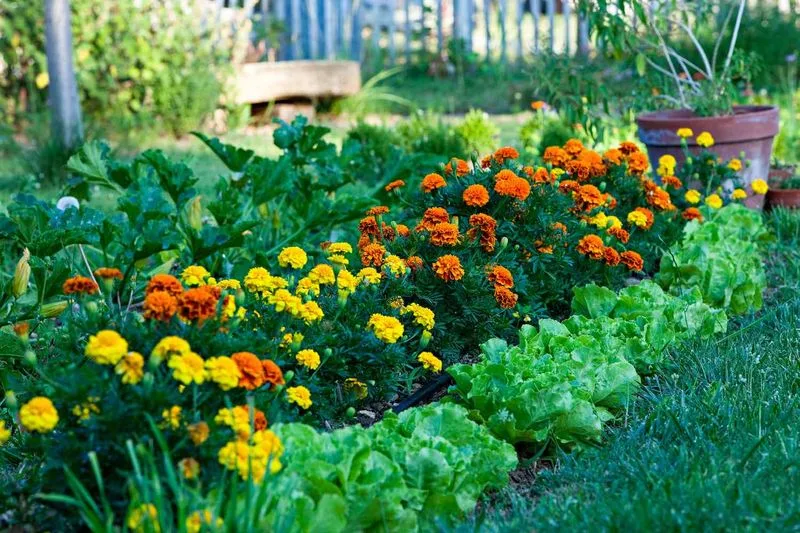
Companion planting is more than just placing plants together; it’s a strategic alliance. Certain plants, like marigolds, naturally repel weeds and pests when planted alongside vegetables. This method not only reduces weed growth but enhances plant health and yields. It’s a harmonious way to garden, with nature working alongside you. Many gardeners enjoy the added biodiversity this technique brings.
Cover Crops
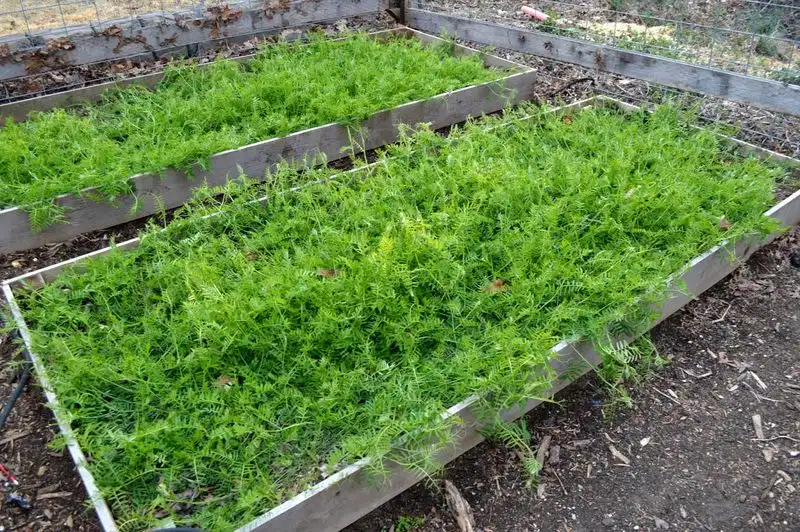
Cover crops, like clover or rye, act as living mulch. They prevent weeds from taking hold by competing for sunlight and nutrients. When mowed or turned into the soil, they add organic matter, enriching the garden. This method is often underestimated but offers long-term benefits for soil health and weed suppression. A smart choice for those looking to improve their garden ecosystem naturally.
Hand Weeding Tools
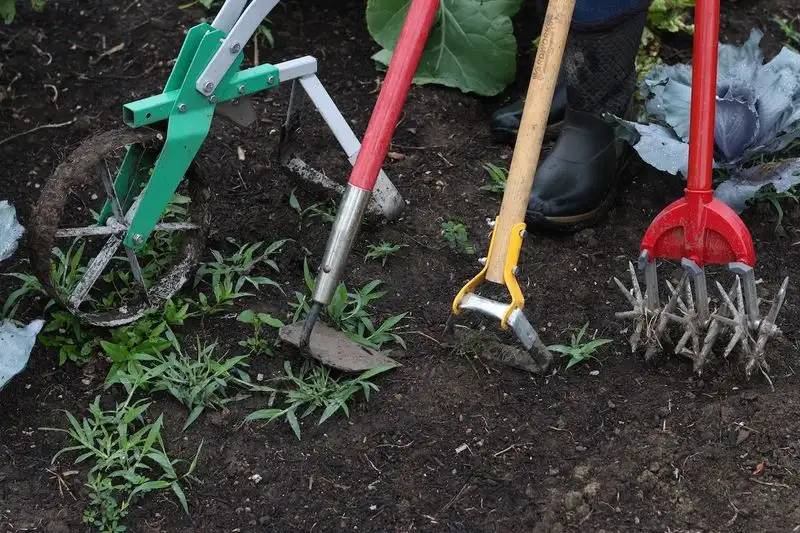
Hand weeding might sound tedious, but with the right tools, it becomes much easier. Specialized tools like dandelion diggers or weed pullers can make quick work of stubborn intruders. These tools allow for precision, ensuring you remove the root, reducing regrowth. Many find the process meditative, connecting with their garden on a personal level. Invest in quality tools to make this task efficient.
Epsom Salt Mixture
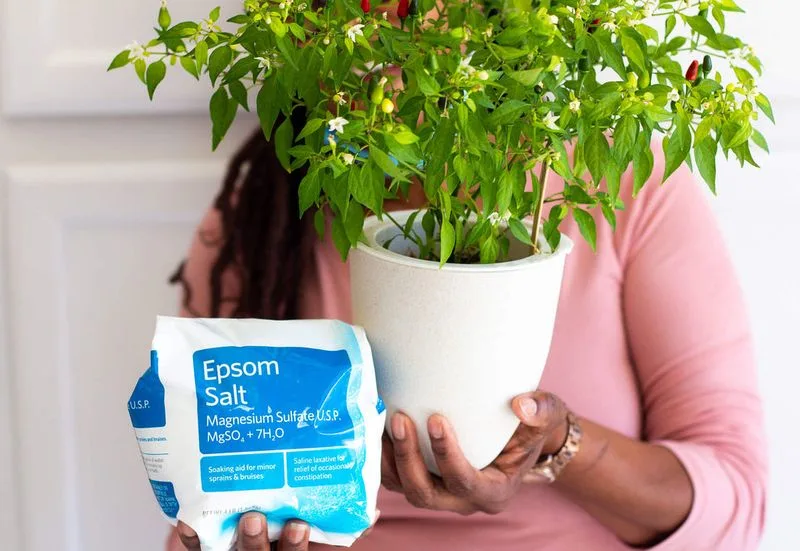
Epsom salt does wonders beyond its traditional uses. Mixed with vinegar and dish soap, it forms a potent weed-killing solution. This mixture dehydrates weeds, causing them to wither. It’s a natural alternative to chemical herbicides and is safe for most other plants when applied carefully. Many appreciate its dual ability to nourish some plants and eliminate others. A versatile tool in the gardener’s arsenal.
Shade Cloths
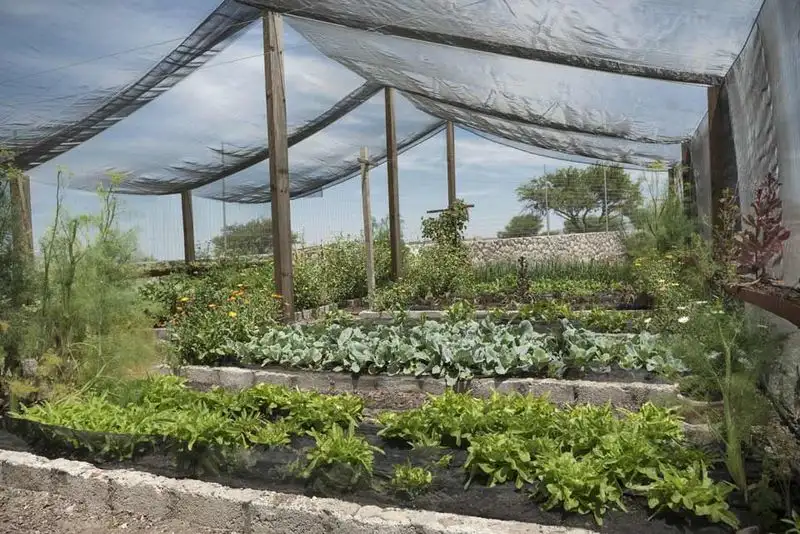
Shade cloths aren’t just for sun protection; they inhibit weed growth by limiting sunlight. Draped over plants or garden beds, they create a cooler, shaded environment, unwelcoming to weeds. This method is perfect for areas that receive intense sun, safeguarding young plants while keeping weeds at bay. The result is a thriving garden with minimal weeding required. A practical solution for sunny climates.

